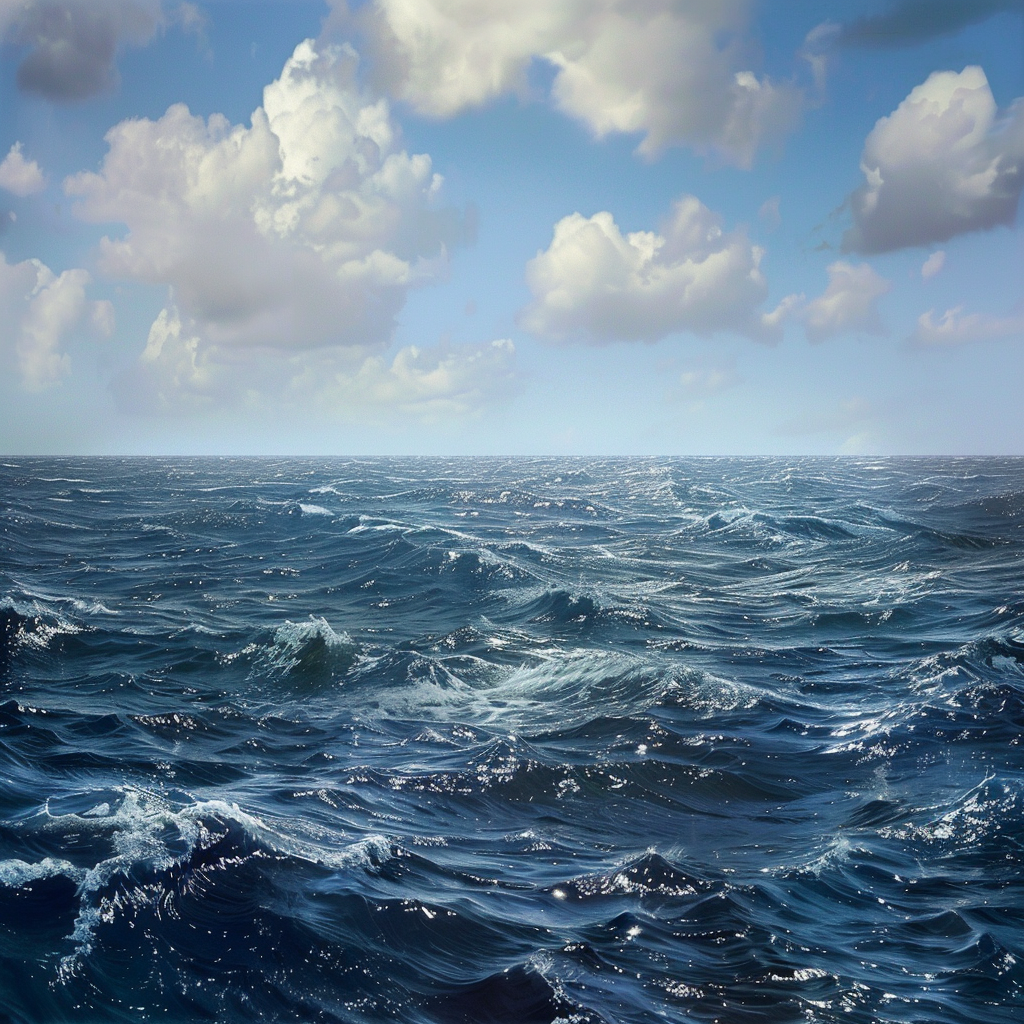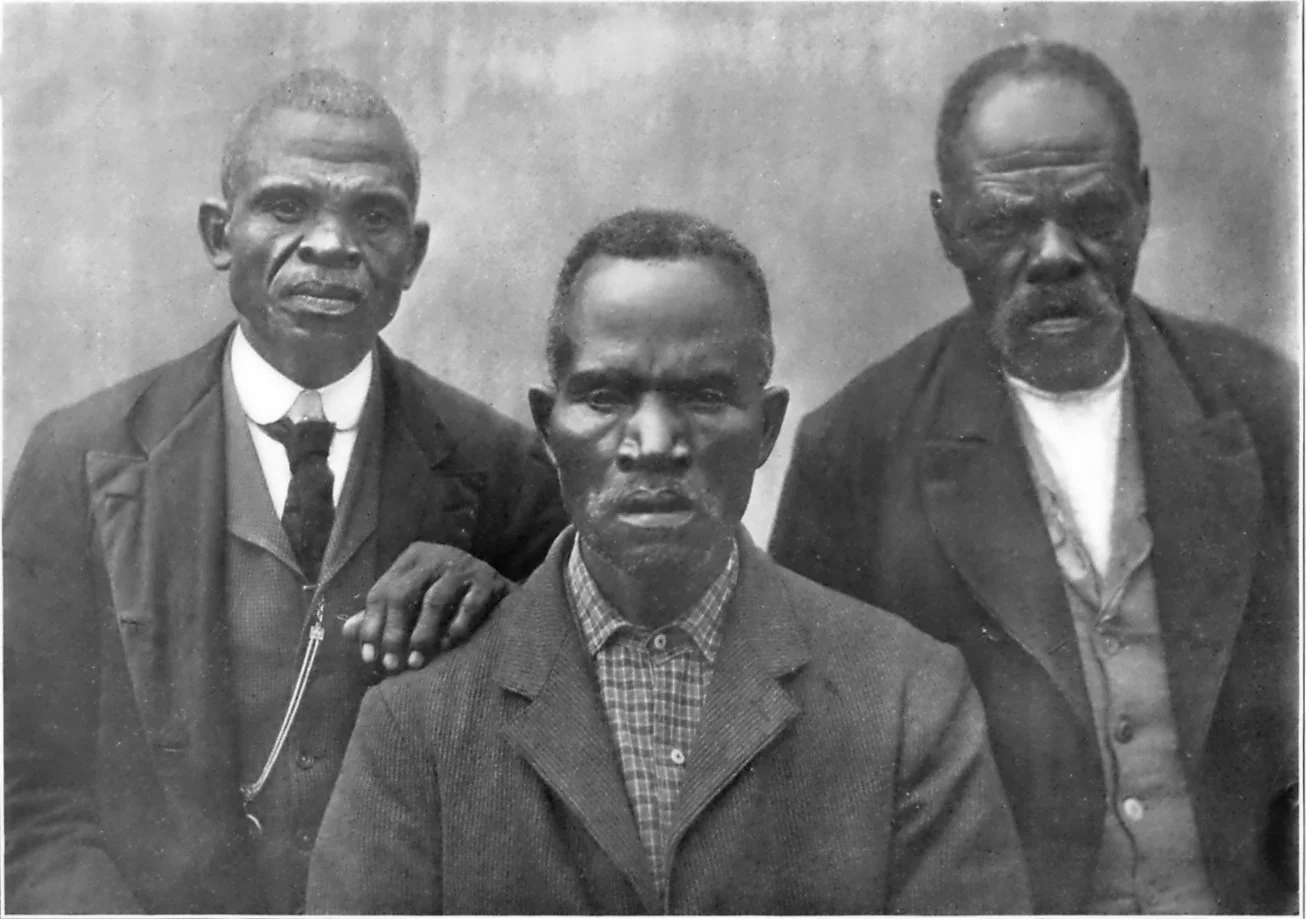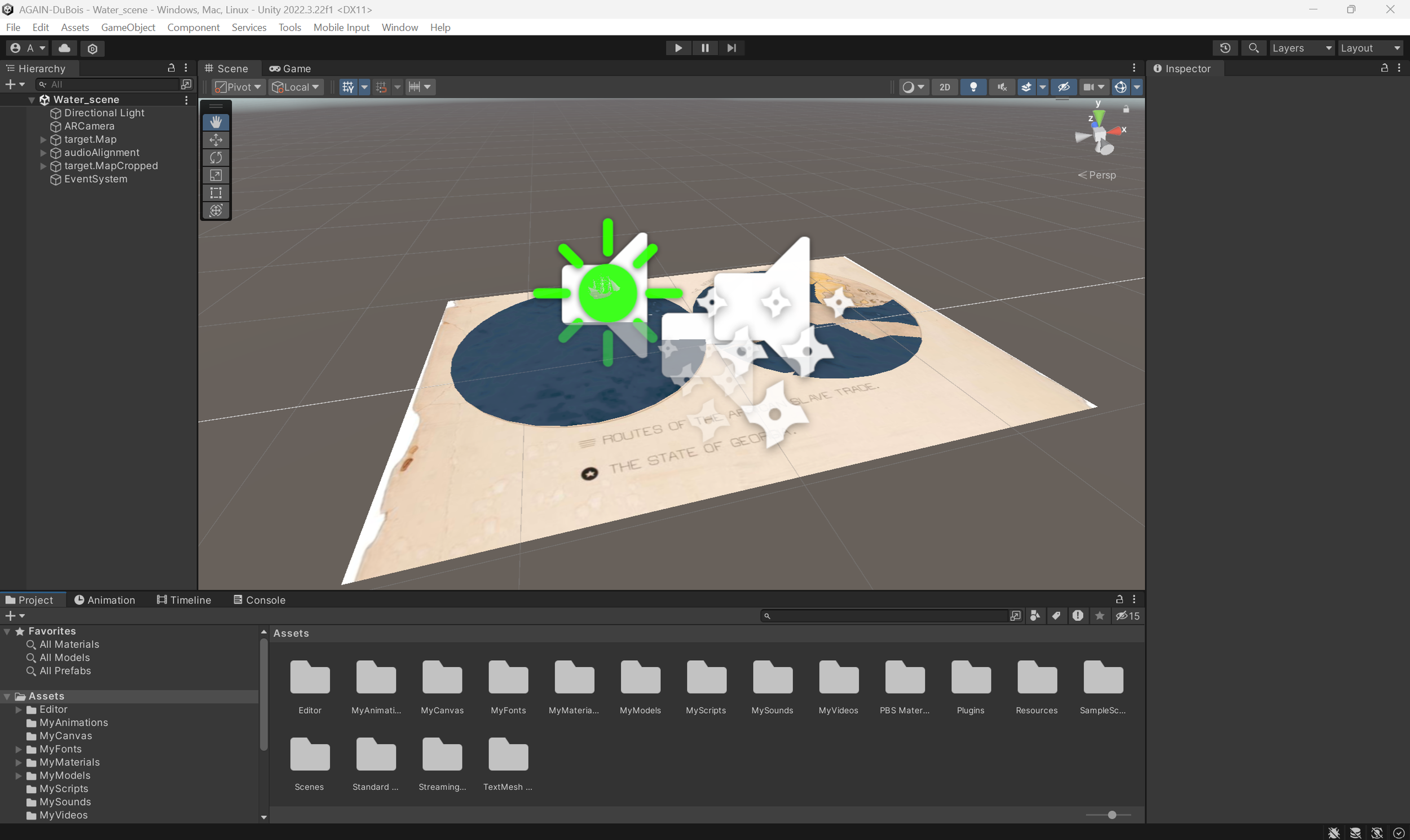
The Georgia Negro and The Wanderer
An experimental augmented reality (AR) short documentary merging informational media about The Wanderer Slave ship with W.E.B. Du Bois’ “The Georgia Negro” data visualization map.
How might AR be used to expose the richness of historical documents? How might I merge AR with mapping, data visualization, storytelling and user interface (UI) design? How might multimedia be combined so that communities can tell their own stories? This AR documentary imagines The Wanderer sailing along one of the Slave trade routes featured in Du Bois’ “The Georgia Negro” map. Du Bois’ static map is dynamically activated through modern technology. By holding a webcam over Du Bois’ map, the documentary plays.* At some points during the video, the viewer is encouraged to play with camera movements for cinematographic effect.
Audio clips about The Wanderer were taken from informational YouTube videos* as a way to aggregate past and present voices — including news reports and interviews with Gullah Geechee community members — in a collaborative effort to tell an old story in a new way. The audio strings together various clips to narrate the journey of the ship from America to Africa back to America. Ultimately, this project merges texts, history and technology as a means to explore experimental and speculative historical narrative.

W.E.B. Du BoisThe Georgia Negro. A Social Study
“The Georgia Negro” data visualization map is one of many W.E.B. Du Bois’ visualizations exhibited at the 1900 Paris Exposition. With the help of Clark Atlanta University (then Atlanta University) students, as well as other social activists, these data visualizations provided counternarratives to globally-adopted misrepresentations of Black American life. In addition to photography, these visualizations captured scenes of Black life from various angles, including, but not limited to: employment, education, family life and the aftermath of slavery.
In the 2018 book, Data Portraits: Visualizing Black America, The Color-Line at the Turn of the 21st Century, Britt Rusert and Silas Munro explore the historical context and care with which Du Bois and team developed, curated and presented these visualizations to a global audience.

The Wanderer Slave Ship
Originally outfitted as a luxury yacht for a wealthy New Yorker in 1807, the ship was later sold to Charles Augustus Lafayette Lamar. Lamar repurposed it for illegal slave trading, and in 1858, The Wanderer set sail to collect its first captives from the Congo. Approximately 409 captives were stolen from the coasts of Africa and trafficked to Jekyll Island, Georgia. Captives were then redistributed to other southeastern slave-holding states. Though the enslavers never faced any real consequences, The Wanderer was ultimately sold to Spain and then decommissioned.
Notes:
The 3D ship model is not an actual nor accurate depiction of The Wanderer. The model "Empty Ship" was created by Liaval (Sketchfab). I created the animation. For the AR documentary, I chose not to populate the ship with people for the sake of remaining sensitive; however, the audio features heavy breathing sounds that imagine the inner turmoil that one young captive separated from his home might have experienced.
The background image features three (3) survivors: “Ward Lee, Tucker Henderson, and Romeo – born Cilucängy, Pucka Gaeta, and Tahro in the Congo River basin, photographed 1908.” Montgomery, Charles J. “Survivors from the Cargo of the Negro Slave Yacht Wanderer.” (1)
Bird’s Eye ViewAt A Glance
*Note: The audio is intentionally muted due to copyright permissions. In lieu of the audio, a summary of audio content has been provided. Further, the total video duration is 6.0m; however, the clip video has been shortened to 0.55s and sped up 4x for brevity. The video has only been tested with a webcam inside of Unity 3D.

















